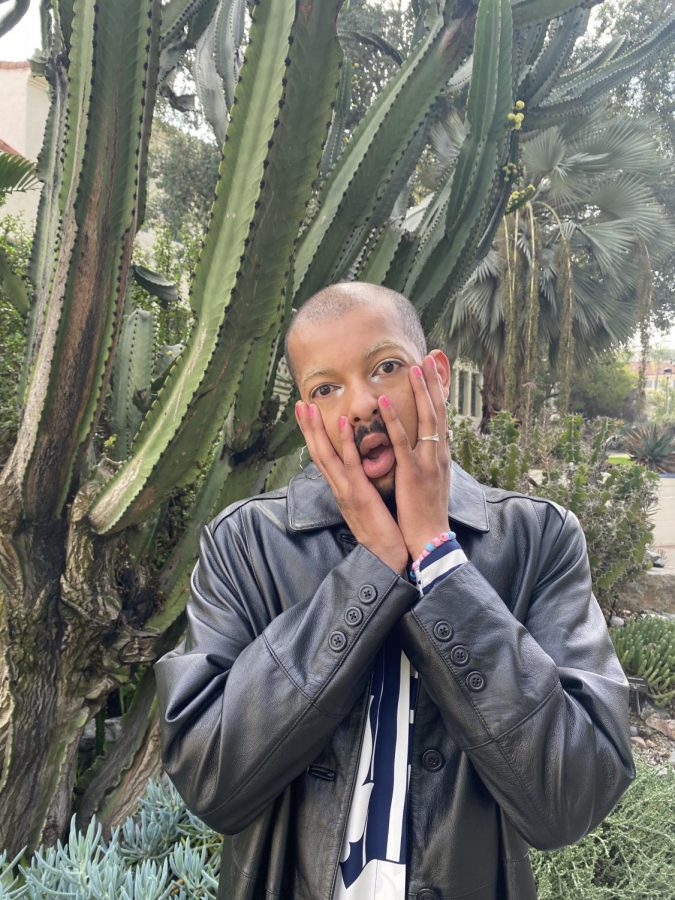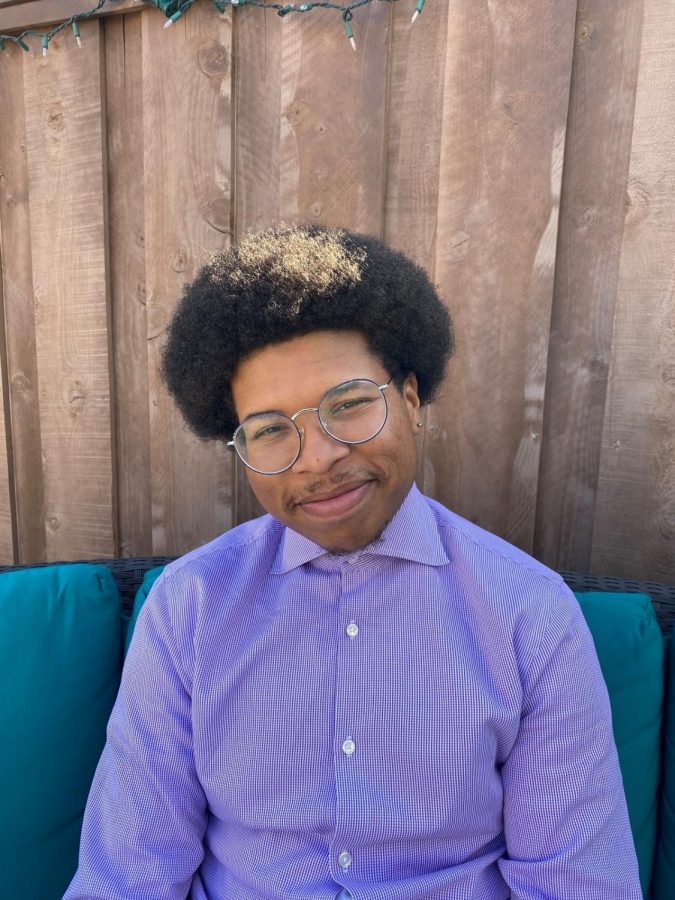Imagine a mix of “America’s Next Top Model,” “Project Runway” and a night out in Hillcrest. While there’s no doubt television these days has branched into completely new and unexplored territories, the Logo Network’s “RuPaul’s Drag Race” has sashayed it’s way into my heart and manifested itself as one giant, glittery obsession. Each season, 14 grown men dressed in women’s clothing enter a competition to be America’s next drag superstar. With phrases like “Ladies and gentlemen, start your engines,” “May the best woman win!” and “Don’t f— it up” crooned by host and drag icon RuPaul, there’s nothing mainstream or anywhere near normal about this show.
Right now, the show is nearing the end of its fourth season and, while it’s gearing up to announce its winner, I find myself more enamored than ever. Contestants from each season range from drag veterans who have been performing for more than 20 years to up-and-coming performers.
Becoming a drag queen is much like becoming any other type of performer — having a memorable stage name is key. Names like Madonna, Prince and Bono have become synonymous with each performer’s routine. However, coming up with a drag name is a horse of a different color. We’ve all played the game in which we combine our first pet’s name and the name of the first street we lived on to create our Drag porn name, but this reality show has taken it to another level. With names like Ongina, Pandora Boxx, Mimi Imfurst, Madame LaQueer and Sharon Needles, these fierce queens take performance art to an entirely new extreme.
Aside from the obvious reasons this show sets itself apart from almost everything else on television, there are a few unmentioned details that may cause your jaw drop. One of the contestants’ most impressive qualities is their ability to perfect the female illusion. These men spend the majority of the one-hour television program out of drag. From commentary to quick mini-challenges in the workroom, they wear male street clothes until the last 20 minutes of the show. Though producers have never shown the steps involved to fully transform these men into gorgeous ladies (I’m sure the contestants would never agree to it anyway; a magician never reveals her secrets), we are offered glimpses: glue sticks to the eyebrows, tons of translucent powder and more glitter than I thought could possibly adhere to a person’s face. Watching the transformation from man to woman is sometimes shocking. There are a few contestants who manage to look prettier than biological women, and when that happens, I almost can’t even handle my life.
With mini-challenges, main challenges and a final runway show, RuPaul tasks “his girls” with new and crazy ways to prove their worth as performers. However, the real test occurs during the last five minutes of each episode. RuPaul sends a queen home every week, and instead of utilizing an “American Idol”-esque call-in-and-vote-for-your-favorite selection process chock-full of Ryan Seacrest-like dramatics, RuPaul simply commands the bottom two queens to lip-sync for their lives. With the threat of being sent home hanging above their heads, final performances are usually heart-wrenching and awe-inspiring, which ultimately begs the question: Why aren’t more real-life battles waged via lip-sync? These queens put on their best faces (literally) and lip-sync as if their lives depend on it. But ultimately, only one queen will hear RuPaul’s coveted “shanté, you stay” while the other will be told the dreaded “Sashay away.”
“RuPaul’s Drag Race” has inspired viewers throughout the world by recognizing drag culture and making it less taboo while addressing the issues affecting drag culture.
However, its intention isn’t to tackle tremendous issues (other than my incessant need to buy NYX Cosmetics glitter cream eye shadow in bulk). RuPaul doesn’t claim to solve world peace or bring equality by making his queens dress as dogs for the first annual “Bitch Ball.” He simply promises big smiles and a personal need to inject every quirky bit of jargon these queens throw at each other into America’s daily dialogue. From “You better work” to calling out the Five Gs (“Good God, Get a Grip, Girl!”) whenever necessary, I find myself craving Monday nights like a bad habit. I live for these queens. I chase them around Hillcrest and West Hollywood and someday, maybe, I even hope to be one. But for now, I’ll have to relish in the fact that a handful of extremely gifted men are more feminine, more talented and more absolutely fabulous than I will ever be.
—Hayley Rafner is a media studies junior.






